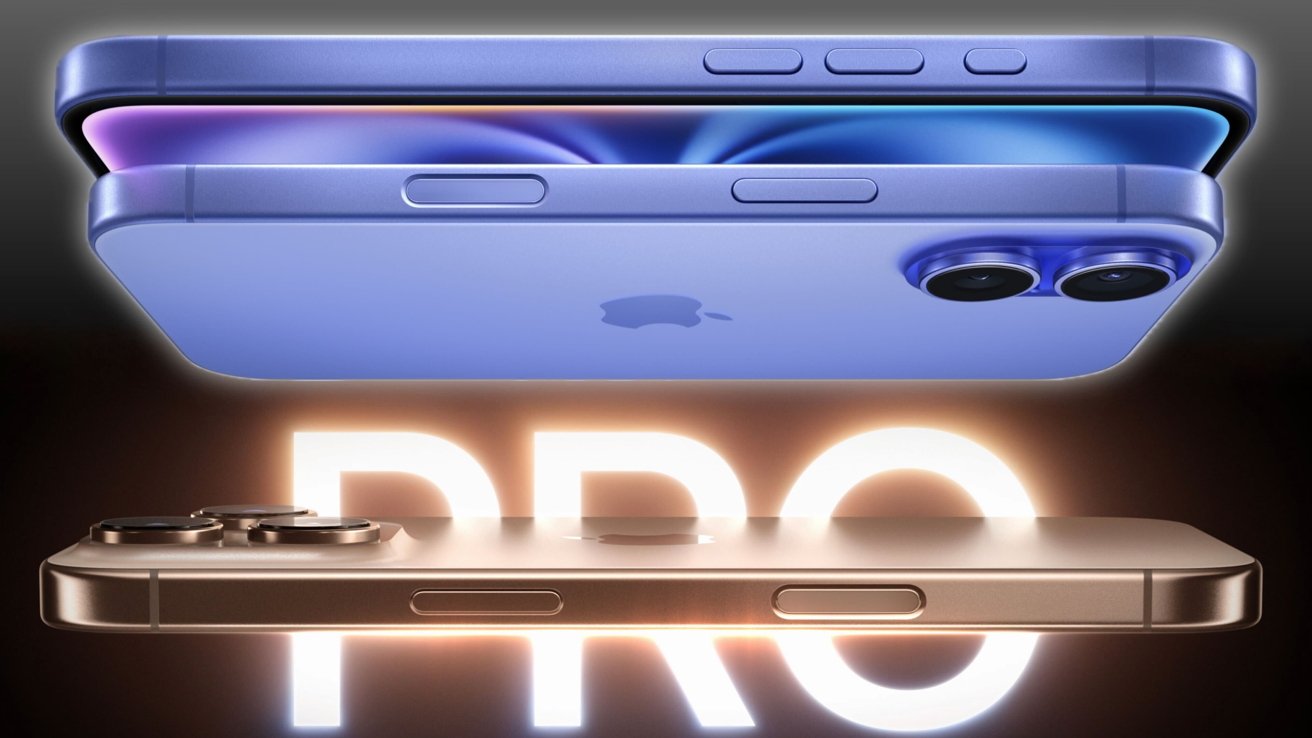
iPhone 16 and iPhone 16 Pro

Despite Apple’s constant rollout of flashy new smartphones, like the new iPhone 16 models, millions of users refuse to upgrade, clinging to their older devices for longer than ever.
Apple unveils new iPhone models each year, which is always a significant event. These new releases, such as the iPhone 16 models in 2024, come packed with new features to entice customers.
However, despite the excitement of these advancements, many iPhone users are holding onto their older devices longer than ever before.
According to recent data from Consumer Intelligence Research Partners (CIRP), over one-third of new US iPhone buyers have held onto their previous phones for three years or longer. The share of iPhone buyers with phones two years old or more has risen slightly from 66% in 2023 to 70% in 2024.
The new data represents a gradual but steady increase from 64% of iPhone users in 2019 who had owned their previous phones for two years or more before upgrading.
A comparison of 2019 and 2024 iPhone upgrade data highlights changes in user behavior. In 2019, 38% of users upgraded within 2-3 years, and 26% kept their phones for three years or more.

Age of previous phone (for the twelve months ending in June each year)
By 2024, the percentage holding onto phones for three years or more grew to 34%, while those upgrading within 1-2 years dropped from 28% to 25%.
Features versus practicality
Whether it’s advanced camera systems, faster processors, or exciting software capabilities, these features are supposed to entice users to upgrade. Yet, these features alone aren’t enough to drive the majority of consumers to buy the latest iPhone models.
As iPhones have become more reliable, consumers feel pressured to replace them less frequently.
Installment plans
Another aspect of slower upgrades relates to the financial structure surrounding iPhone purchases. Most iPhone users acquire their devices through installment plans, spreading payments over several months or even years.
“In addition, reliance on installment payments for new phone purchases makes keeping a paid-off phone a welcome reprieve, CIRP explains. “Depending on purchase incentives, installment contract length, model, and configuration, after their final payment many iPhone owners enjoy a decrease of $40 or more in their monthly cell phone expense.”
It’s clear that Apple may need to rethink its strategies to encourage upgrades. Maybe the rise of Apple Intelligence in the iPhone 15 and iPhone 16 lineups will entice customers to upgrade.




